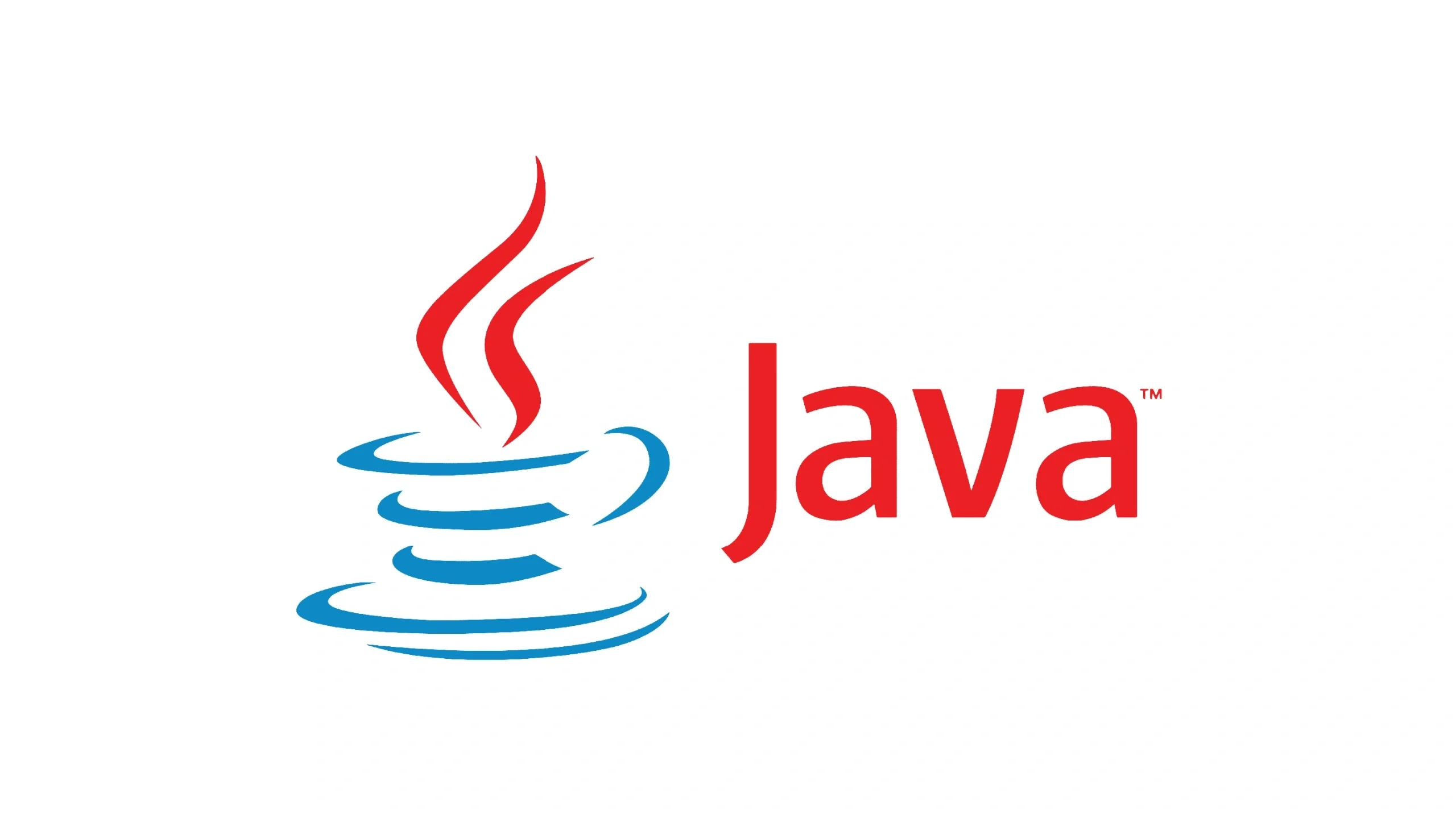1. Introduction
In the world of programming, Java stands as a widely praised language, known for its simplicity and cross-platform capabilities. For many beginners, writing a simple Hello World program marks the first step into the programming world. This article takes you on a journey through a basic Hello World program, diving deep into the compilation and execution processes, and exploring how it interacts with the Java Virtual Machine (JVM) and underlying architecture.
2. The Java Hello World Program
Let’s begin with the most straightforward Java program:
public class HelloWorld {
public static void main(String[] args) {
System.out.println("Hello, World!");
}
}At its core, this program merely prints “Hello, World!” to the console. However, there’s much more happening under the hood that powers this simple output.
3. Compilation Process: From Source Code to Bytecode
Once the source code is written, the next step is compilation. In Java, the source code file .java is transformed into a .class file containing Java bytecode via the Java compiler javac.
Compilation Process Breakdown:
- Source Code Parsing: The Java compiler (
javac) first parses the.javafile and performs syntax analysis. - Bytecode Generation: After parsing,
javacconverts the code into bytecode (stored in.classfiles). Bytecode is a platform-independent intermediate language. - Creating
.classFiles: The bytecode is saved in.classfiles, which will be used by the JVM.
Notably, the source code is not directly compiled into machine code; it is converted into bytecode, which gives Java its cross-platform advantage—bytecode can run anywhere as long as a JVM is installed.
4. Execution Process: Interacting with JVM
Java’s execution is entirely dependent on the Java Virtual Machine (JVM). Once the .class file is ready, it is the JVM’s job to execute it. Here’s how the process unfolds:
- JVM Loads Bytecode: When you run
java HelloWorld, the JVM loads the bytecode containing themainmethod. - Bytecode Verification: For security, the JVM verifies the bytecode to ensure it complies with JVM execution standards, preventing illegal or corrupted bytecode from running.
- Bytecode Interpretation and Execution: The JVM converts the bytecode into machine code through the interpreter or Just-In-Time (JIT) compiler. The resulting machine code is executed by the hardware, dependent on the underlying OS and architecture.
The JVM plays a vital role here, not only managing memory but also controlling the program’s lifecycle, including garbage collection and other runtime tasks.
5. A Closer Look at JVM: The Power Behind Java Execution
JVM is the cornerstone of Java’s cross-platform capability, ensuring that Java programs run identically across different platforms. JVM is much more than a mere bytecode interpreter—it includes several key components such as the class loader, bytecode verifier, and garbage collector.
- Class Loader: Loads
.classfiles and converts them into class objects recognized by the JVM. - Garbage Collection: The JVM automatically handles memory management, clearing unused objects and preventing memory leaks.
- JIT Compiler: The Just-In-Time compiler compiles bytecode into native machine code during runtime, enhancing performance.
